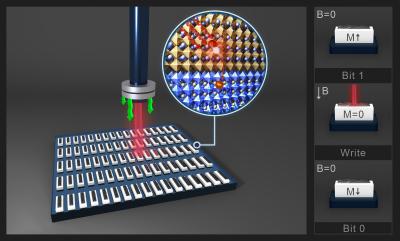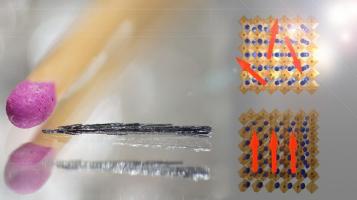Magnetic lead-free double perovskite could be useful for spintronics devices
An international researchers team recently found that a new 'double perovskite' material could become a more environmentally friendly platform for spintronics devices thanks to its lead-free nature. While the material in its current form is only magnetic below 30 K ' too low for practical applications ' developers at Linköping University in Sweden, together with colleagues in the US, the Czech Republic, Japan, Australia and China, say that their preliminary experiments are a promising step towards making rapid and energy-efficient information storage devices from this novel optoelectronic material.
Recently, researchers discovered that lead halide perovskites display interesting spin properties thanks to lead's strong spin-orbit coupling. This coupling links the motion of an electron to its quantum spin, and its strength determines how much the intrinsic spin of an electron will interact with the magnetic field induced as the electron moves through the material. Such a coupling is therefore important not only for the magnetic properties of a material, but also for the performance of any spintronics devices.





